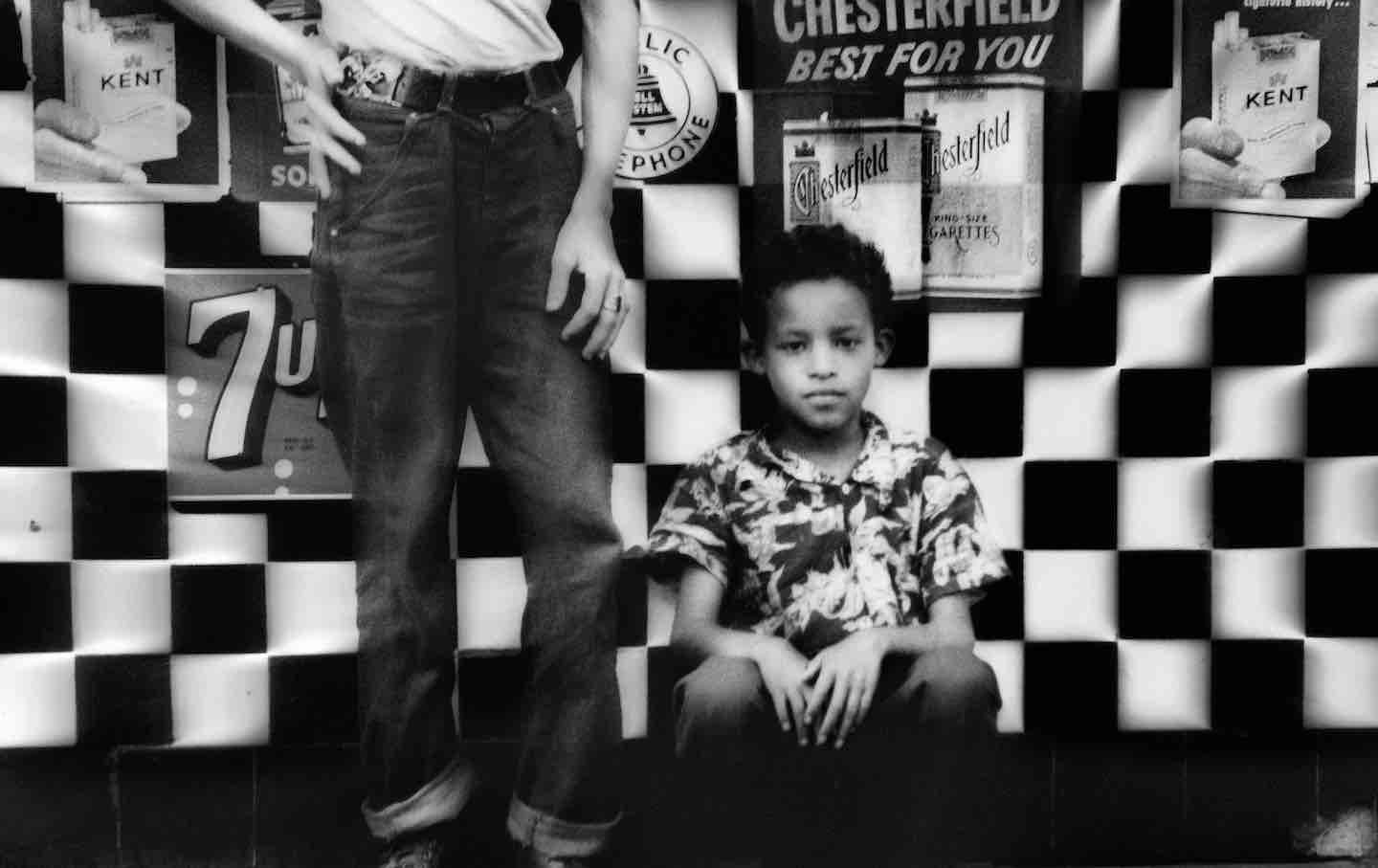William Klein
“Be yourself. I much prefer seeing something, even it is clumsy, that doesn't look like somebody else's work.”
William Klein is a titan in the realm of photography, known for his unique, unorthodox, and vibrant vision of the world. Klein’s work stands as a testament to a creative force that defied and ultimately changed the photography industry's conventions.
Early Life and Career
William Klein was born in New York City in 1928, growing up amidst the city's hustle and bustle that would later become a prominent feature in his work. He moved to France after a stint in the army, where he studied painting under Fernand Léger and began experimenting with abstract art.
Klein’s first interaction with photography was when Vogue hired him to create a collection of fashion illustrations. He turned to photography instead, preferring its immediacy. His breakthrough came with the gritty, kinetic 'New York' series, which propelled him into the limelight.
His work echoes the likes of Robert Frank and Garry Winogrand, all known for their unfiltered representation of society and compellingly chaotic compositions.
Photographic Style and Techniques
Klein’s style is characterized by a fascination with the unconventional, the overlooked, and the flamboyant aspects of life. Unlike many contemporaries, Klein did not believe in the detached observer's role; he plunged into his subjects' world, infusing his images with their energy and spirit.
He often used wide-angle lenses, capturing vast scenes and producing distorted, dynamic compositions. His images are filled with bold contrasts, grain, and blur, embracing what was considered technical 'flaws' to create highly expressive images.
Career Highlights
Klein’s illustrious career has spanned multiple decades and diverse domains, including fashion photography, filmmaking, and painting. His fashion photography work in Vogue made him a renowned figure in the industry, pushing the boundaries of the genre with his innovative and irreverent style.
However, it was his candid street photography that brought him international acclaim. His photobook 'New York' (1956), characterized by its kinetic energy and uncompromising rawness, remains a landmark in the history of photography.
Photography Gear
Klein often used a wide-angle lens on a 35mm camera, enabling him to capture his trademark dynamic and immersive scenes. His favored camera was a Pentax 6x7, a medium format SLR. This camera's larger film size allowed for more detail and a wider tonal range, helping to capture the vibrant chaos of his urban landscapes.
Klein was also known to use a fisheye lens and a telephoto lens on occasion. The fisheye lens, with its extreme wide-angle and distorted perspective, was perfectly suited to Klein's offbeat, expressionistic style. The telephoto lens, on the other hand, allowed him to isolate and capture unique moments amidst the chaos.
Photography Books
"William Klein: Yes" presents a landmark retrospective of William Klein's extensive legacy. A master of photography, filmmaking, painting, and design, Klein's body of work has greatly influenced contemporary artists. The book, which was directed by Klein himself, contains over 250 images exploring his creative and artistic journey. It emphasizes Klein's ability to break all conventions, be it in photography or filmmaking, offering unique insights into developing a personal style that defies traditional norms. This book, with its chronological text by David Campany, can serve as an inspiration and resource for photographers seeking to explore unconventional perspectives and techniques in their work.
"William Klein: Celebration", where Klein pays homage to the medium of photography by selecting his favorite works across his career. Ranging from striking black-and-white to vibrant color photographs, the images traverse various cities like New York, Rome, Moscow, Madrid, and Paris, displaying Klein's remarkable versatility. Klein's reflections on photographic art and his reasons for this personal selection provide valuable insights for practicing photographers. This book reveals why Klein's achievement is considered a pinnacle in contemporary photography, inspiring photographers to explore varied themes, styles, and geographies. With his works held in prestigious collections, Klein's impactful imagery and distinct style make this book an excellent resource for those seeking to understand and imbibe the best of contemporary photography.
Quotes
"Be yourself. I much prefer seeing something, even it is clumsy, that doesn't look like somebody else's work." — William Klein
"I came from the outside, the rules of photography didn't interest me... there were things you could do with a camera that you couldn't do with any other medium." — William Klein
"I wanted to be a painter, but I thought photography was the poor man's art... I thought I could just go out in the street and shoot, bang-bang-bang." — William Klein
"I didn't relate to European photography. It was too poetic and anecdotal for me.... The kinetic quality of New York, the kids, dirt, madness — I tried to find a photographic style that would come close to it." — William Klein
"I've never tried to be a good technician or to pretend to be a reporter. I have always been a subjective photographer." — William Klein
Legacy and Influence
The legacy of William Klein is entrenched in his rebellion against the norms of photography. His embrace of 'mistakes' such as blur, distortion, and over-contrasting colors challenged the industry's standards and broadened the realm of what could be considered 'good photography'.
Klein's impact can be seen in the works of several contemporary photographers. Alex Webb, known for his vibrant street photography and complex compositions, shares Klein's penchant for chaotic urban scenes filled with energy and tension.
Equally, the candid, intimate street portraits of Diane Arbus share a similarity with Klein's approach. Both photographers moved beyond the surface to explore the more profound, often unsettling realities of their subjects.
Klein's photographic philosophy — breaking rules, embracing the unconventional, and the spirited depiction of life — will continue to inspire photographers and stand as a testament to his unique perspective of the world.























Donec id justo non metus auctor commodo ut quis enim. Mauris fringilla dolor vel condimentum imperdiet.